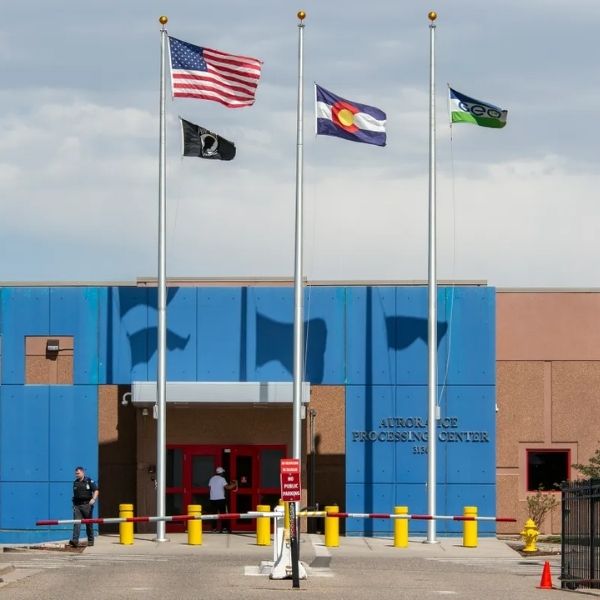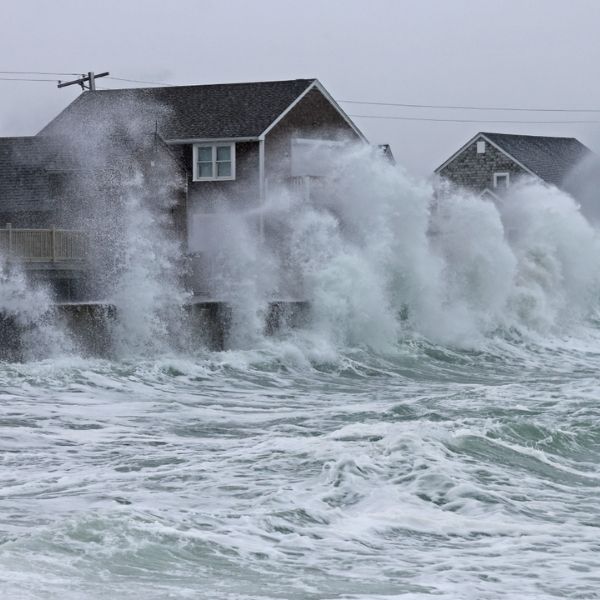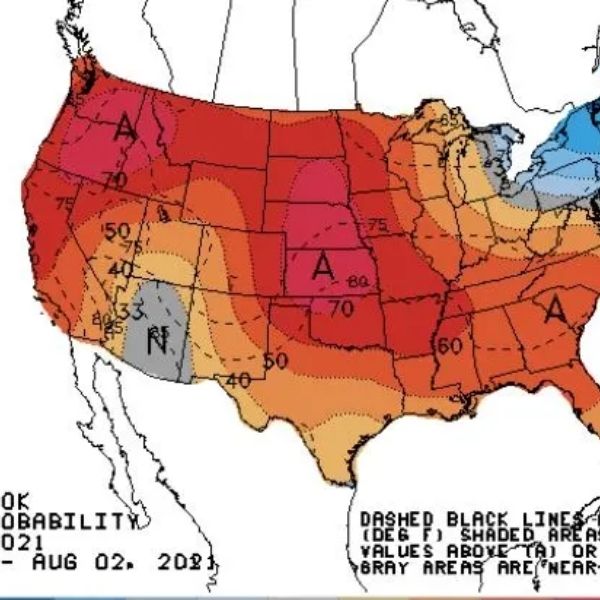Despite claims that Immigration and Customs Enforcement (ICE) is targeting the “worst of the worst,” data shows that most ICE arrests in Colorado and Wyoming this year involved individuals with no criminal history.
According to figures from ICE and analyzed by the Deportation Data Project at UC Berkeley, arrests in Colorado have quadrupled and nearly tripled in Wyoming since President Trump returned to office in January. Yet, the majority of those arrested had no prior convictions, and those who did were most often cited for nonviolent offenses like drunk driving.
Data Contradicts Trump Administration’s Priorities
The arrest records—made public by UC Berkeley and analyzed by The Colorado Sun and WyoFile—challenge the administration’s stated focus on dangerous criminals. Instead, ICE has increasingly detained immigrants with clean records, even those with pending asylum cases.
“This is ruthless,” said Laura Lunn, advocacy director at the Rocky Mountain Immigrant Advocacy Network, noting that immigrants are being arrested at home, work, and even while walking their dogs.
Arrest Methods and Data Analysis
The data includes 2,162 arrests in 2025 and 556 in 2024 within ICE’s Denver field office, which oversees both Colorado and Wyoming. Fewer than 100 records were excluded due to unclear locations. Inconsistencies between ICE’s datasets led analysts to rely only on confirmed criminal convictions noted at the time of arrest.
Despite requests, ICE declined to comment or verify its own data. The agency responded with a generic, unsigned statement, continuing its trend of making officers and operations increasingly anonymous, including agents wearing masks and refusing to identify themselves.
More Arrests, Less Visibility in Wyoming
While Colorado’s crackdown is more aggressive, Wyoming’s approach appears quieter but more coordinated. Local sheriffs have increasingly signed agreements to notify ICE when detaining immigrants, even though such cooperation is illegal in Colorado.
“They’re here,” said Bianca Infante of Wyoming advocacy group Juntos. “The way they’re acting is more strategic, less visible.”
A Shift from 2024: Fewer Criminals, More Detentions
In early 2024, most ICE arrests in the region involved people with criminal convictions. That has now flipped, with most 2025 arrests involving non-criminal immigrants. Many who were convicted had decades-old records, including 13 individuals with convictions from 1992 to 2005.
ICE also deported nine Venezuelan men from Colorado to El Salvador’s CECOT prison on March 15, without due process. None had U.S. criminal convictions, though one had an aggravated assault listing in his ICE file. These men were later returned to Venezuela as part of a prisoner swap.
ICE’s Budget and Arrest Goals Expanding
In July, Congress approved a budget boost, raising ICE’s annual funding from $8 billion to $28 billion, making it the highest-funded law enforcement agency in the country.
This surge in funding supports the administration’s daily goal of 3,000 arrests, which will likely include more non-criminal immigrants, said Julia Gelatt, a policy expert at the Migration Policy Institute.
“If they want to keep up the pace of arrests,” she said, “they’ll have to widen their gaze beyond people with criminal convictions.”
















Leave a Reply